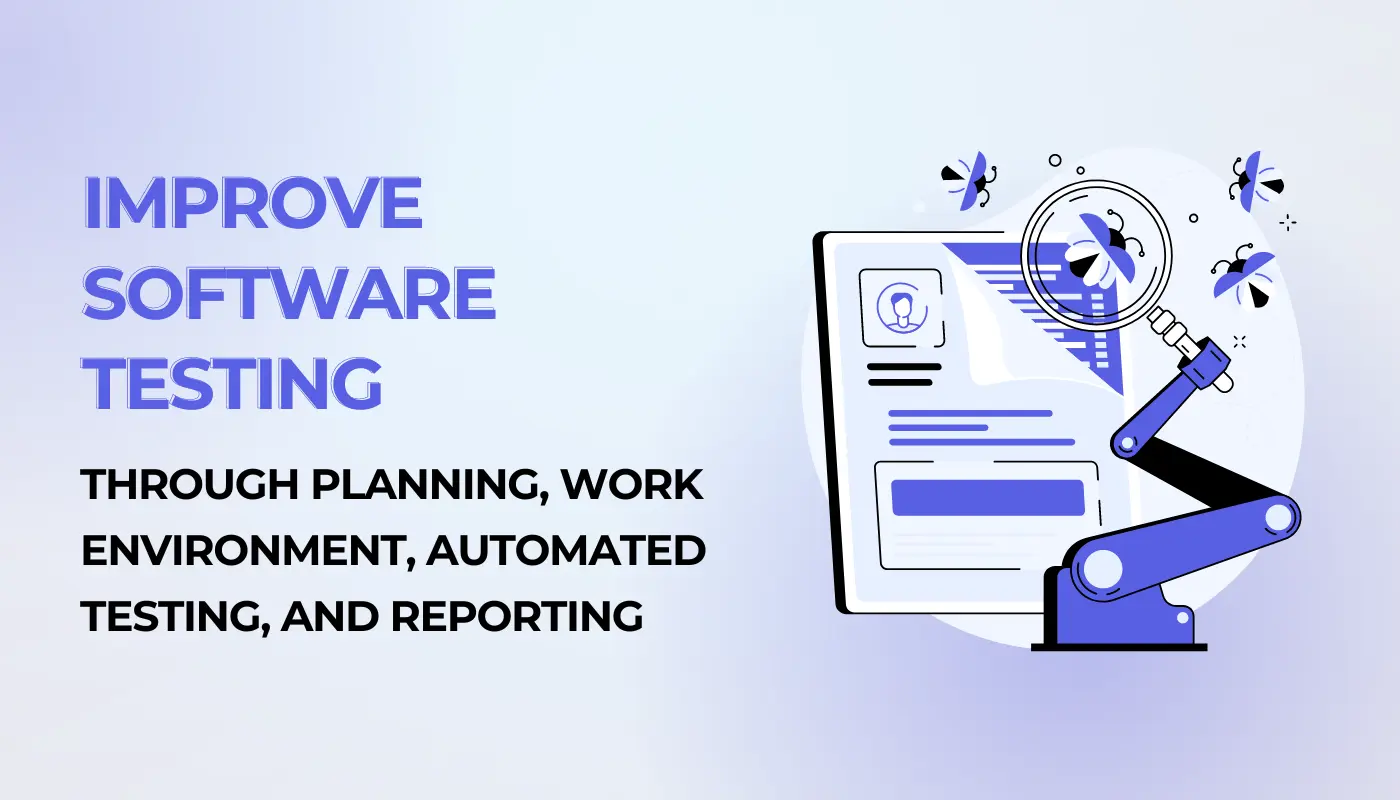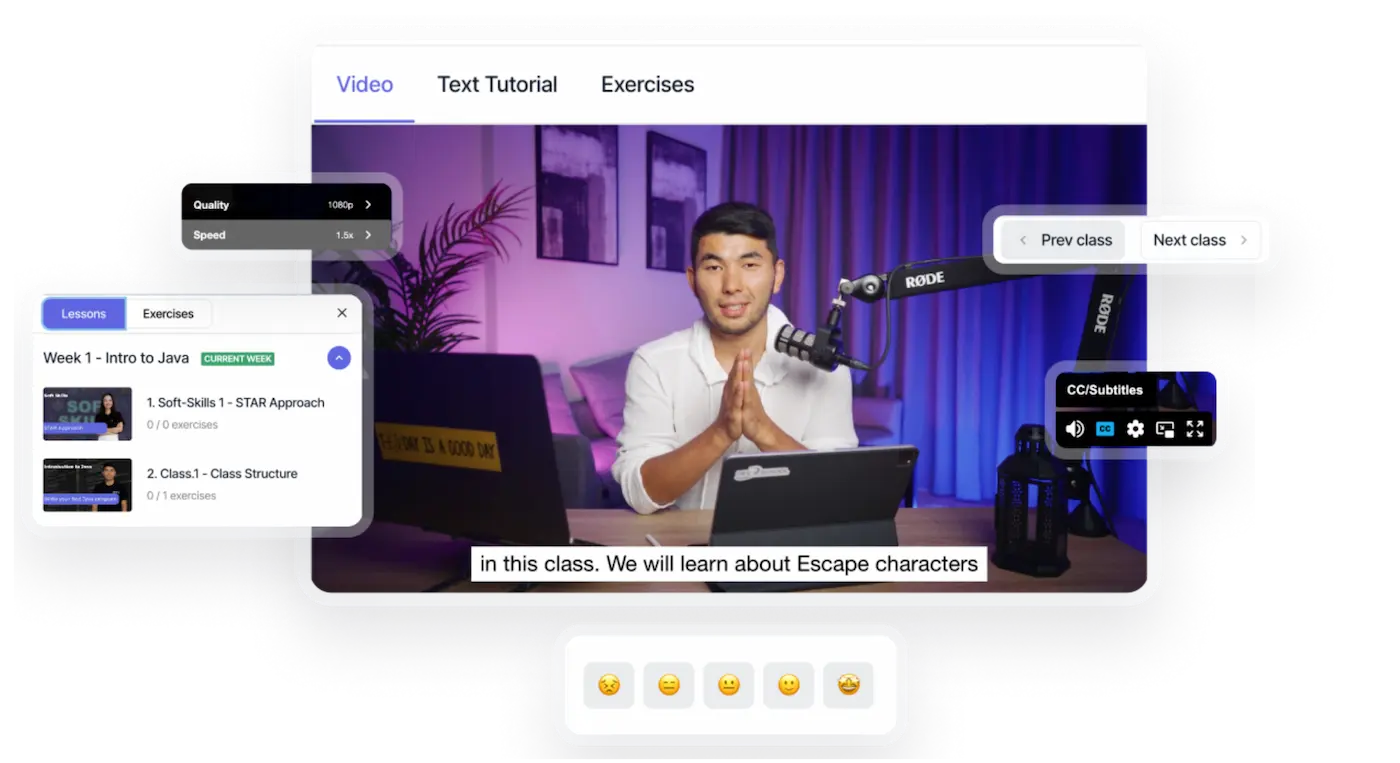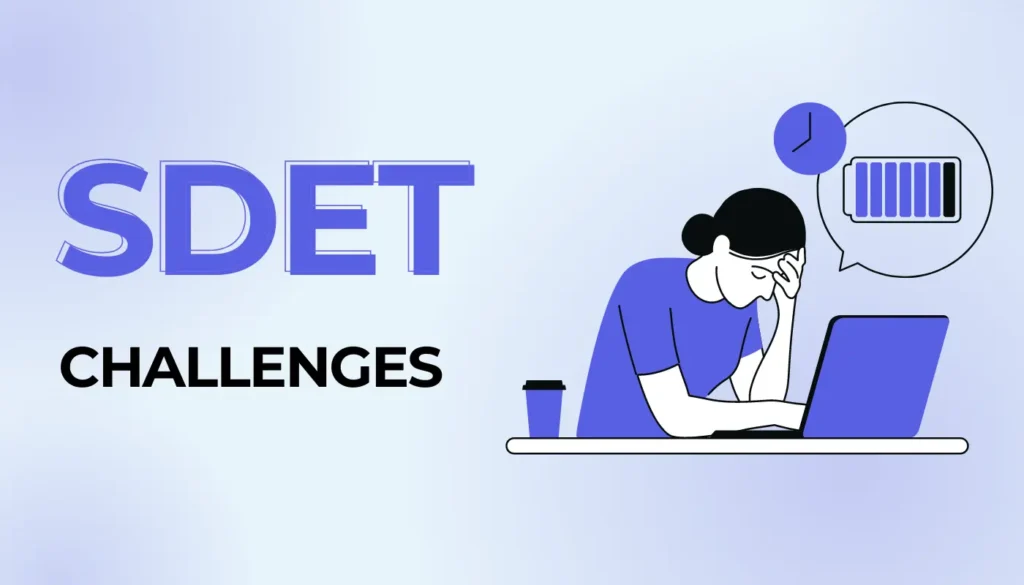
Welcome, fellow software enthusiasts! Today, we’re embarking on a thrilling journey through the realm of software testing. As aspiring software engineers, we all know the importance of building robust and reliable software. But how do we ensure our creations are ready to face the real world? The answer lies in the magical art of software testing.
Think of software testers as the wizards of coding, the detectives of bugs, the musical composers of code quality. They weave their spells, meticulously scrutinizing each line of code, seeking out potential errors, and ensuring your software works flawlessly.
But becoming a master of this art requires a potent combination of careful planning, a nurturing work environment, the power of automation, and, of course, meticulous reporting. Let’s delve deeper into these elements and discover how they can elevate your software testing game to new heights.
Planning: The Blueprint for Success
Just like any grand adventure, successful software testing begins with a well-defined plan. This roadmap outlines the scope of your testing, identifies the various test types to be employed, and establishes clear objectives. Think of it as your spellbook, guiding you through the labyrinth of code and ensuring you don’t miss any critical areas.
Here are some key ingredients:
- Defining test strategies: Identify the different testing approaches you’ll use, such as black-box or white-box testing. Make sure to check out our article, which goes into great detail about Black/White Box testing.

- Scope and budget: Determine the areas to be tested and set a realistic budget for your testing efforts. Budget doesn’t always mean how much money you can allocate, but resources overall. Your attention and time spent is also a resource, which should be dedicated to important things
- Resources and allocation: Assign roles and responsibilities to your team of testers. It’s vital to assign people to the right job. Apart from obvious skill requirements, it is also a matter of personal affinity for something. Some people like to work in a team, and some people are good at completing tasks but show little initiative. Some people fountain ideas but lack the discipline and thoroughness to realize them. Managing these issues and most importantly, understanding what are your limitations is important for an aspiring tester.
- Tools and technology: Choose the right tools to automate tasks and streamline your testing process. You can find out more about SDET tools here. To unleash the full potential of software testing, it’s crucial to utilize the right tools and techniques. Automation frameworks like Selenium and Cypress can streamline repetitive tasks and free up valuable time for more strategic testing. Additionally, tools like JMeter and LoadRunner help us identify performance bottlenecks and ensure software can handle real-world user loads.
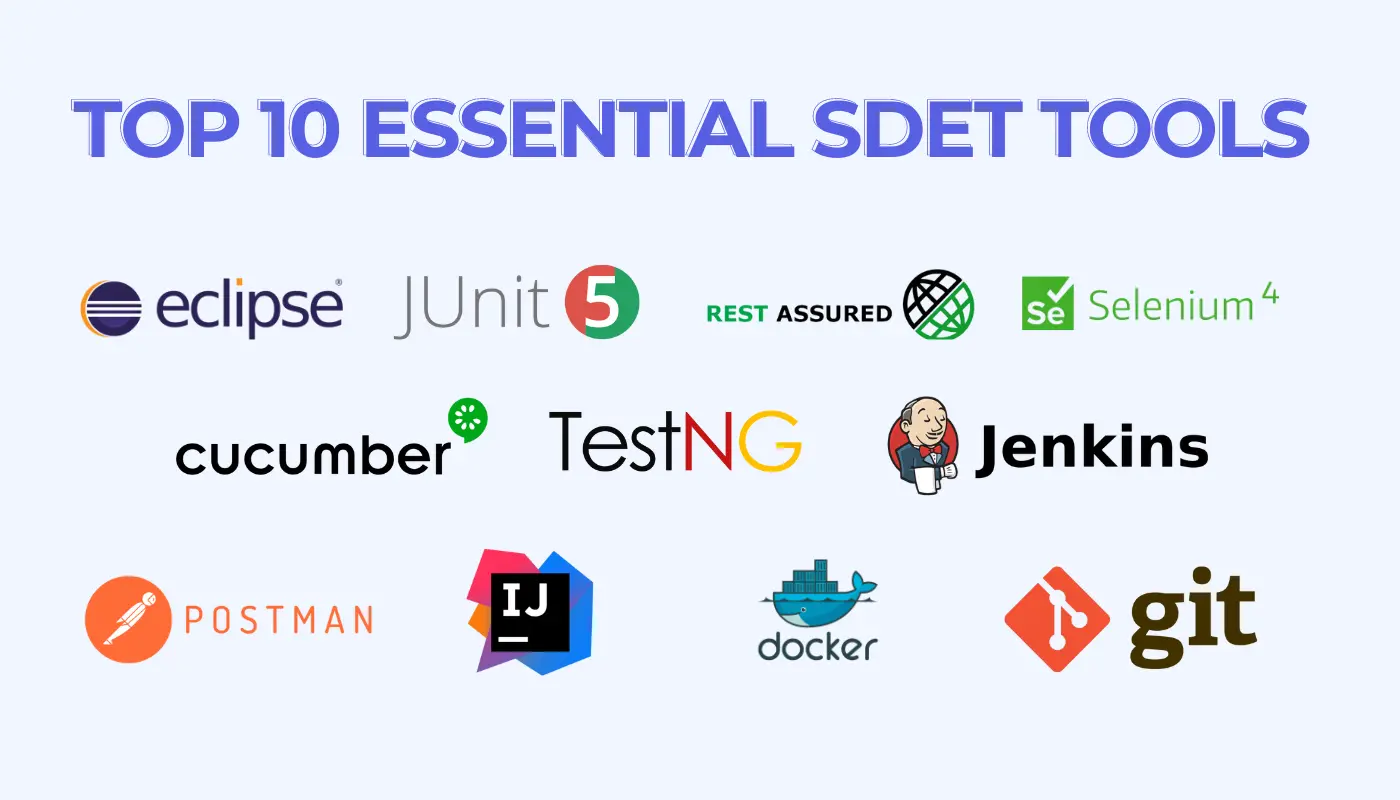
By crafting a meticulous plan, you lay the groundwork for efficient and effective testing, maximizing your chances of uncovering and eliminating bugs before they wreak havoc on your software.
Work Environment: A Cauldron of Creativity and Productivity
Imagine a world where testers feel empowered, supported, and encouraged to explore their testing skills. This is the ideal testing environment, a breeding ground for innovation and efficiency.
Here’s how to create this magical space:
- Open communication: Foster a culture of open communication where testers feel comfortable voicing their concerns and ideas. Find out about the critical role of soft skills in this guide.
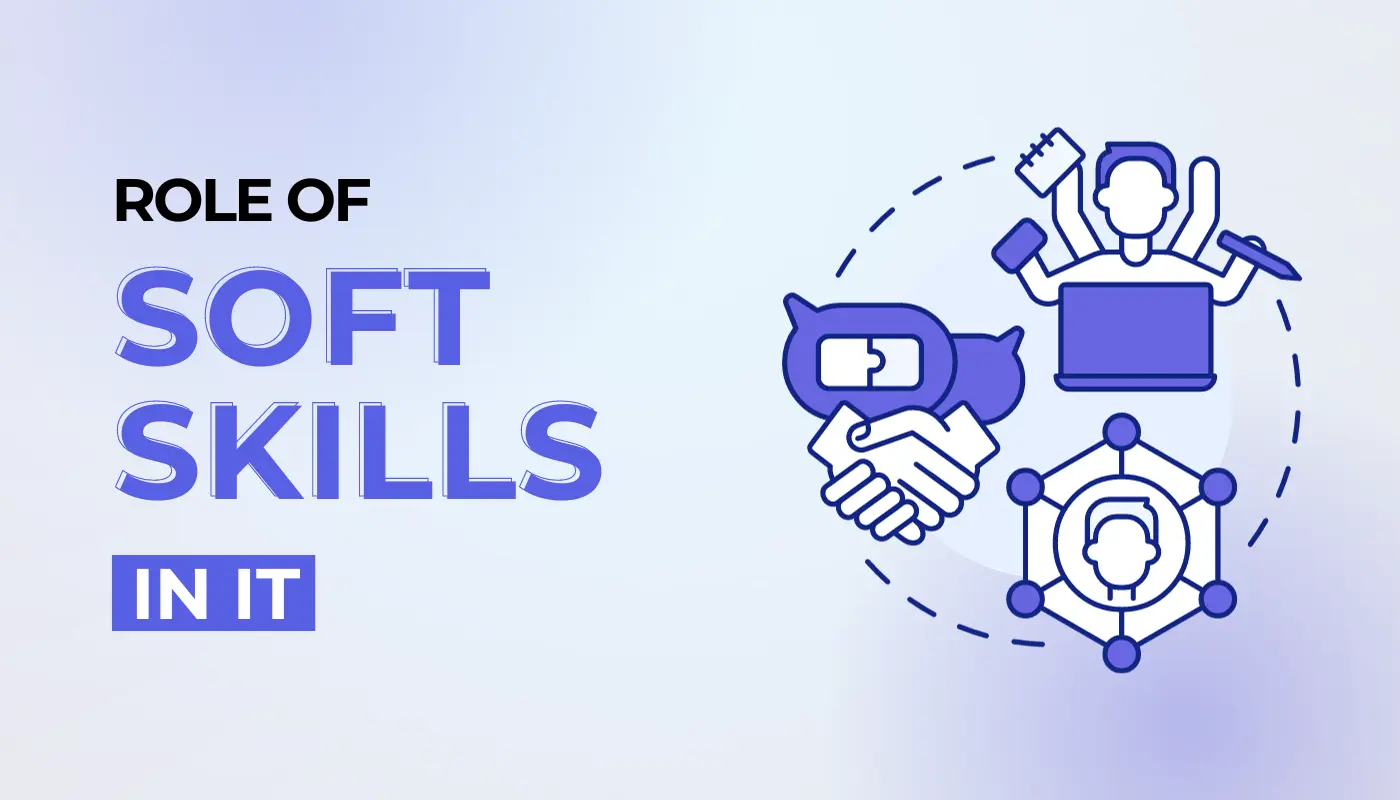
- Collaboration and teamwork: Encourage teamwork and knowledge sharing among testers to leverage their collective expertise.
- Training and development: Provide opportunities for testers to learn and develop new skills through training and workshops.
- Feedback and recognition: Give testers regular feedback and recognition for their achievements to keep them motivated and engaged.
By fostering a positive and supportive work environment, you unlock the full potential of your testing team, allowing them to work their magic and deliver superior results.
Automated Testing: The Sorcerer’s Apprentice
Repetitive tasks are the bane of any tester’s existence. Thankfully, the magic of automated testing can alleviate this burden, freeing up valuable time and resources for more strategic testing activities.
Here’s where automation shines:
- Regression testing: Automating repetitive tasks like regression testing ensures consistent and reliable testing with minimal human intervention.

- Cross-browser and device testing: Automate testing across various browsers and devices to ensure your software works flawlessly everywhere.
- Performance testing: Utilize automated tools to analyze performance under different loads and identify potential bottlenecks.
By incorporating automated testing into your arsenal, you gain a powerful ally in the fight for quality software, freeing you to focus on more complex and creative aspects of testing.
Don't know where to start your tech career?
We are here for you! Schedule a free call with our consultant for personalized advice on achieving your learning goals
Reporting: The Crystal Ball of Insights
Once your testing journey concludes, it’s crucial to capture the valuable knowledge gained. This is where the art of reporting comes into play. Think of it as your crystal ball, providing insights into the effectiveness of your testing efforts and guiding future decisions.
Here’s how to craft insightful reports:
- Clear and concise: Use clear and concise language, avoiding technical jargon to ensure everyone understands the findings.
- Data and visuals: Utilize data and visuals like charts and graphs to present complex information in an easily digestible format.
- Actionable insights: Translate your findings into actionable recommendations for improving future testing initiatives.
- Accessibility and transparency: Make your reports readily accessible and encourage open discussions about the results.
By crafting clear and insightful reports, you ensure your testing efforts provide tangible value to the entire development team, driving continuous improvement in the software development lifecycle.

The Wedevx Advantage: Sharpening Your Testing Skills
As you embark on your software testing journey, consider the resources offered by Wedevx. Our comprehensive SDET course provide invaluable knowledge and practical skills to help you master the art of testing. Whether you’re a seasoned tester or a curious beginner, Wedevx offers the perfect platform to hone your craft and become a software testing wizard.
Remember, software testing is not just a tedious task; it’s an opportunity to create magic. By embracing the power of planning, a nurturing work environment, automation, and insightful reporting, we unlock the true magic of software testing. It’s not just about identifying bugs and errors; it’s about crafting software experiences that delight users and empower them to achieve their goals.
Imagine the user’s face light up when they click a button and the desired outcome happens seamlessly. Or, picture the relief of a developer knowing their code is robust and reliable thanks to rigorous testing. These are the moments that make software testing truly magical.
Here are just a few ways software testing can work its magic:
- Improved user experience: By uncovering usability issues and ensuring functionality across different platforms and devices, software testing paves the way for intuitive and enjoyable user experiences.
- Reduced costs and risks: Early detection of bugs leads to faster fixes and fewer issues in production, saving time, and money, and preventing potential damage to the company’s reputation.
- Increased quality and reliability: Rigorous testing helps build software that is stable, secure, and performs consistently, leading to increased user satisfaction and trust.
Of course, no discussion about software testing is complete without mentioning the crucial role of SDETs. These skilled individuals act as the bridge between the development and testing worlds, collaborating closely with developers to understand their code and design effective test cases. They are the guardians of quality, ensuring that every line of code is thoroughly scrutinized and that the final product meets the highest standards.
The path to software testing mastery may seem long, but the rewards are immeasurable. Embrace the power of your skills, and together, we can create software that is not just functional, but truly magical. And don’t forget, Wedevx is here to guide you every step of the way. Our comprehensive SDET course offer the perfect platform to acquire the knowledge, skills, and confidence you need to become a software testing wizard. So, why wait? Start your journey today and discover the magic of software testing!
FAQ
How can I improve my software testing skills?
Sharpen your tools: Master automation frameworks like Selenium and Cypress, explore performance testing tools like JMeter, and stay up-to-date with the latest testing trends.
Embrace the detective spirit: Practice exploratory testing, dive deep into bug reports, and learn to think like a hacker to uncover hidden issues.
Collaborate and learn: Share knowledge with fellow testers, attend workshops and conferences, and actively seek mentorship from experienced professionals.
How can you improve the quality of testing?
Plan like a pro: Craft comprehensive test plans, define clear objectives, and prioritize testing based on risk and impact.
Focus on automation: Automate repetitive tasks to free up time for more strategic testing, like exploratory and usability testing.
Embrace data and metrics: Track key testing metrics like defect rate and test coverage to identify areas for improvement and demonstrate the value of your work.
How can you make testing more effective?
Shift left: Integrate testing early in the development cycle, collaborate closely with developers, and provide timely feedback to prevent bugs from reaching production.
Think like a user: Focus on user experience, conduct usability testing, and ensure your software is intuitive and enjoyable to use.
Measure and adapt: Continuously analyze testing effectiveness, experiment with different techniques, and adapt your approach to meet the specific needs of your project.
